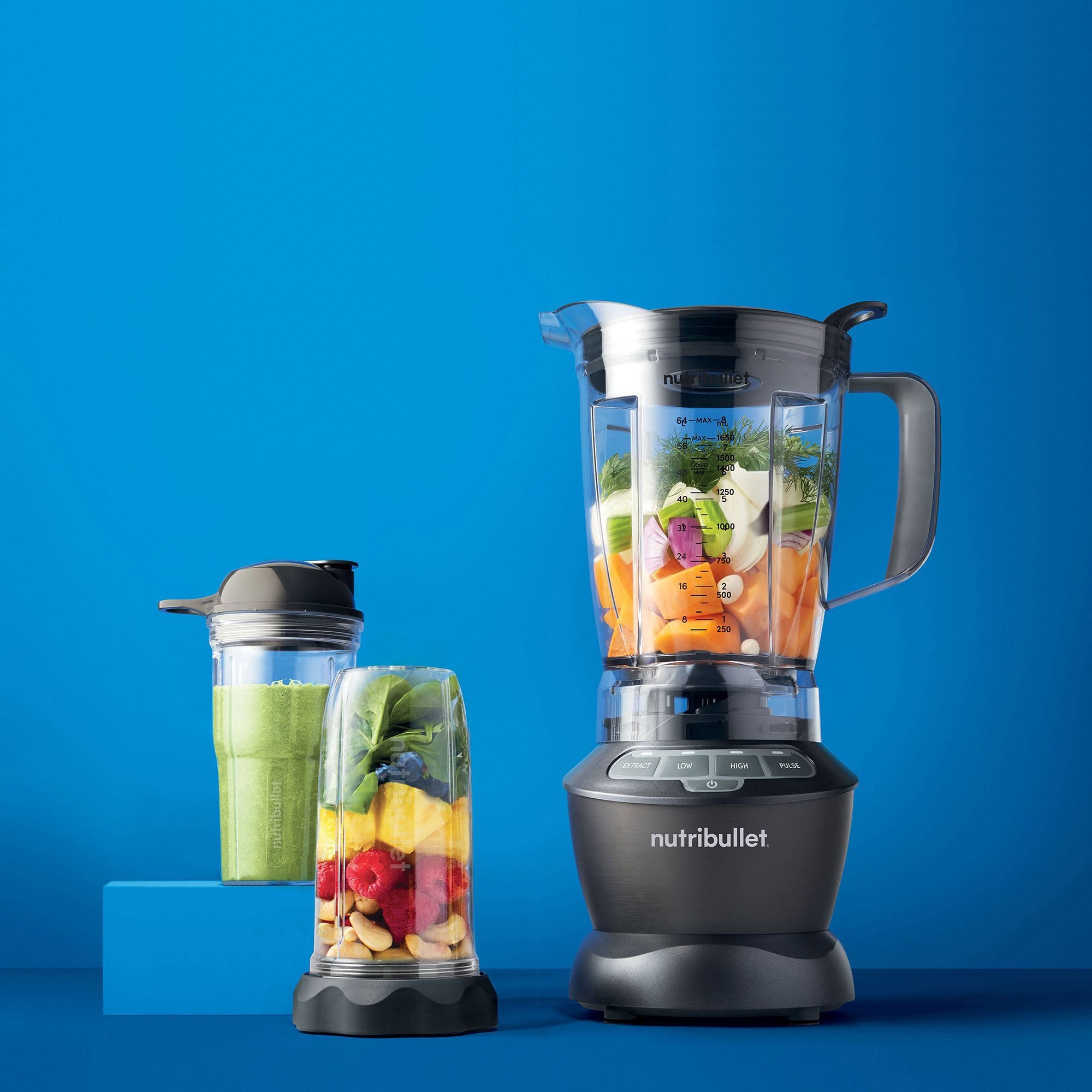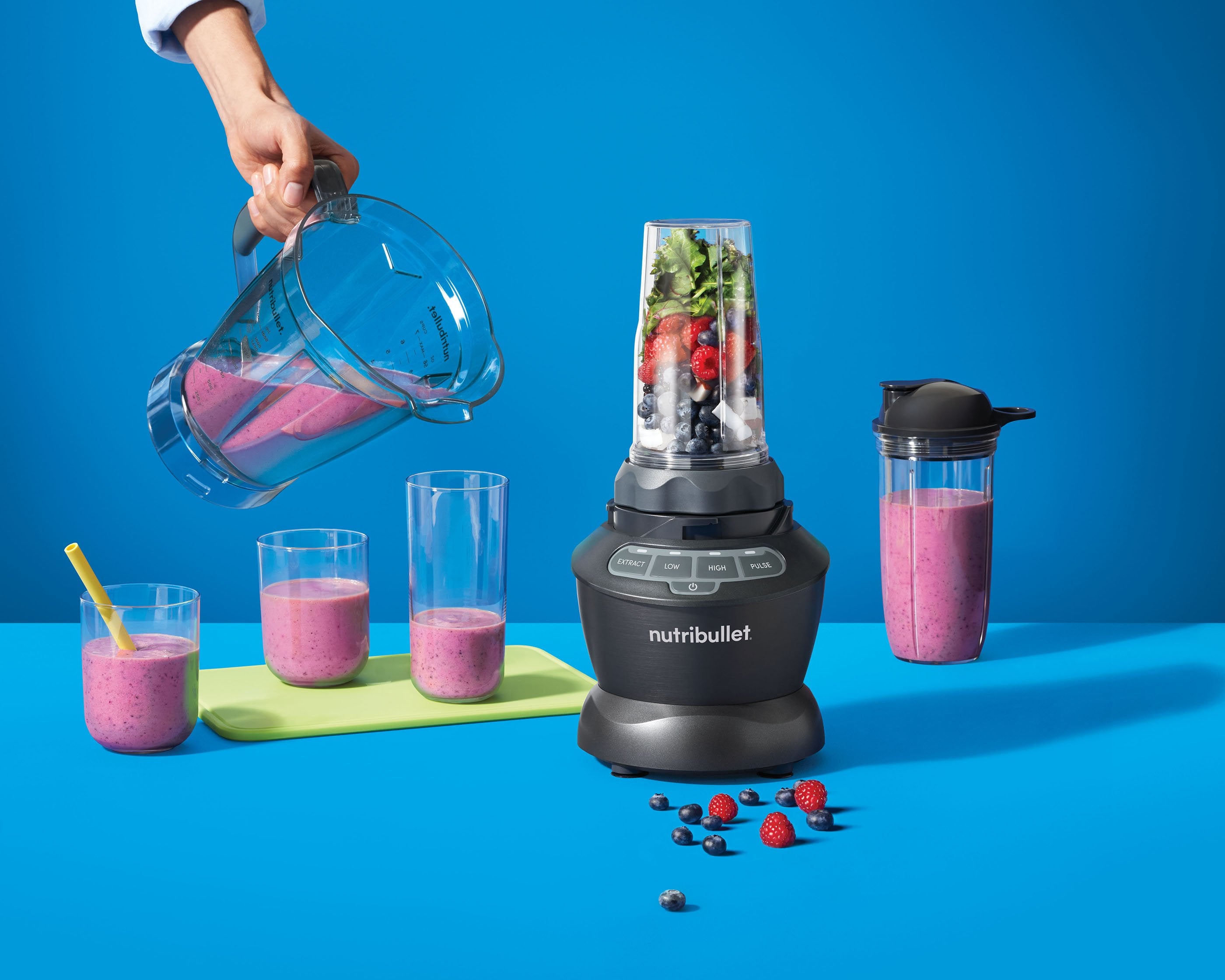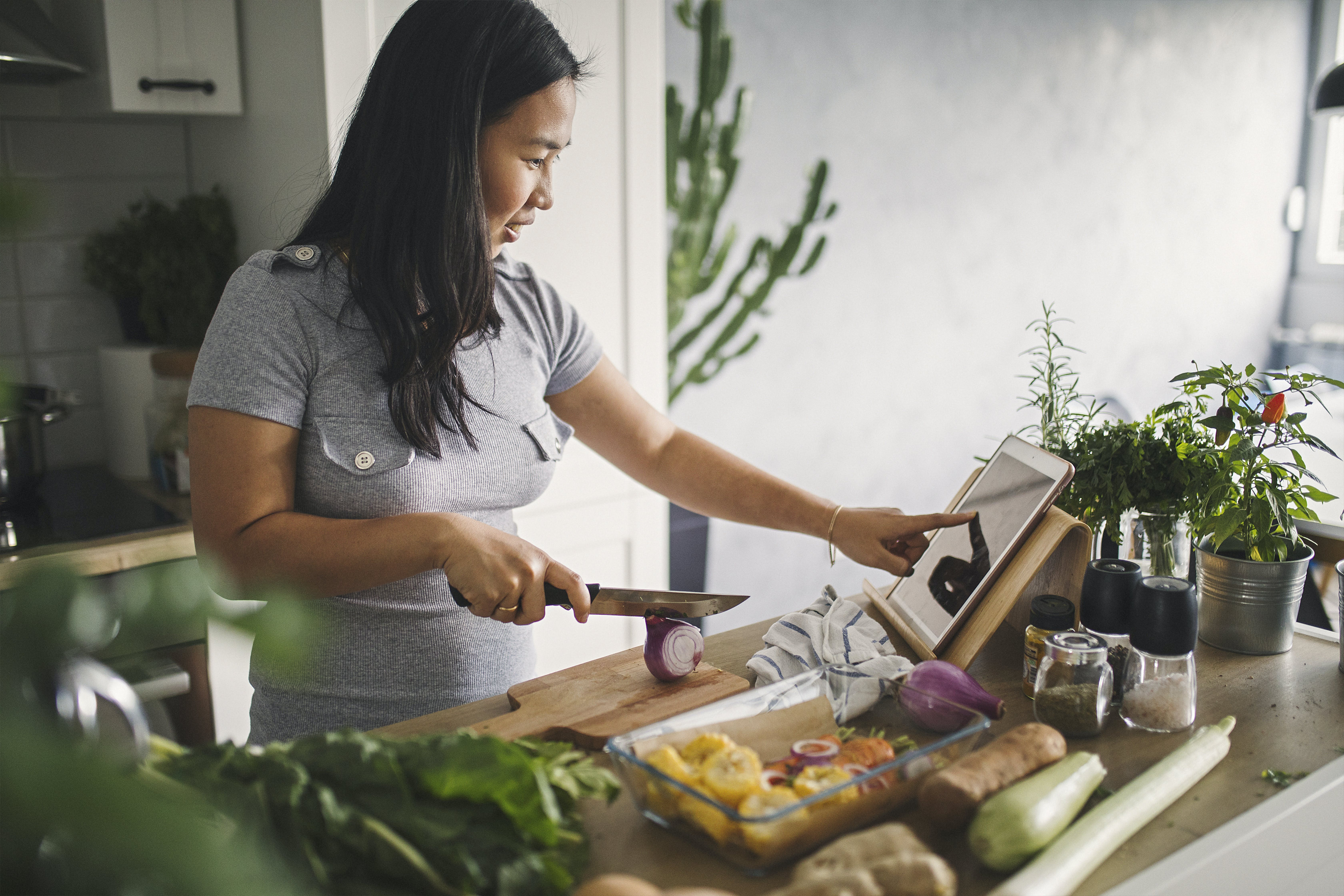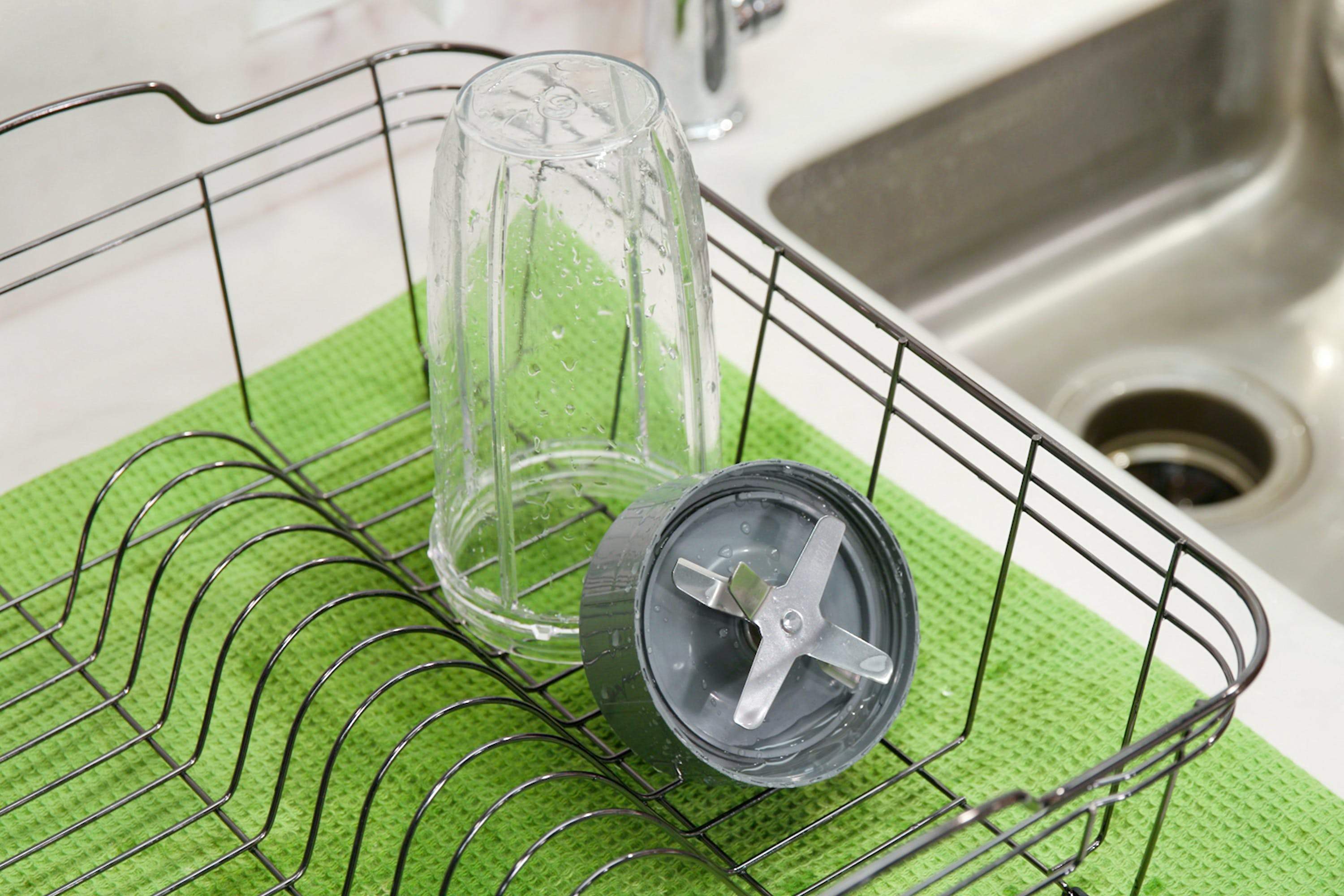You don’t have to be a gardener or have a green thumb to start composting. The benefits of composting go beyond your garden. Composting reduces landfill waste, and we create a whole lot of it – over 260 million tons per year! Every day in America, we waste enough food to fill a 90,000-seat football stadium. It’s less food for us and more damage to our environment.
Composting is a great way to offset what we send to our landfills. Not only do we get nutrient-rich soil with our compost, but we’re also reducing our carbon footprint at the same time!
While you might have heard some rumors that composting may smell or attract bugs, that’s simply untrue when you learn the basic dos and don’ts. Follow these easy tips to get your compost off on the right track.
Tips adapted from the Environmental Protection Agency.
Begin with a shady spot in your garden or yard to build your mixed compost pile of browns and greens.
Do
- Have a sealed bin to collect food from your everyday scraps.
- Learn what foods are compostable.
- Create a browns pile – dead leaves, branches, and twigs.
- Create a greens pile – grass clippings and compostable foods.
Don’t
- Throw all food scraps together – there are certain no-no foods for your compost.
- Forget to take out your in-home bin of “yes” foods and add to your outdoor pile.
- Forget to bury your “yes” foods at least 10 inches below your compost material.
Learning the right foods to compost is key! These foods breakdown and create a healthy soil environment to build beneficial bacteria. The no-no foods throw off the soil balance and create odors and attract unwanted pests.

While composting is one way to reduce food waste, here are some other green solutions you might consider!
- Green bin – Depending on the city you live in, many waste collectors are happy to take your food waste in these bins. Instead of creating an outdoor pile, consider collecting your excess scraps for the green bin. You can easily check with your local city collector.
- Community gardens – Many communities have local gardens that support locally grown food or school gardens that have composting programs. This is a great way to support your local community by donating your “yes” foods to their compost pile.
- Reducing food waste – This is the number one way to lower your impact. It also creates an opportunity to learn a new dish by using the whole fruit or vegetable. When we’re cooking, we might have learned to peel our vegetables or chop off stems. However, these peels and stems are rich in fiber and nutrients, just like the foods we’re making.
Try these easy recipes that help combat food waste.
Strawberry Chia Summer Smoothie
Food saver tip: Throw the whole strawberry in with the tops.
Carrot Turmeric Ginger Smoothie
Food saver tip: Keep the peels on the carrots for an extra boost of fiber and antioxidants.
Food saver tip: Instead of throwing away your carrot tops, turn these nutrient-packed greens into a delicious pesto! Simply swap out the parsley, and you won’t even know the difference.
No matter where you live, there’s a greener solution for your food waste. Give it a try with these tasty recipes!
Nutritional information
Recipe: Creamy Green Strawberry Dream Serving in this recipe:1
- Calories: 236.6
- Total Fat: 3.6 g 5.5%
- Saturated Fat: 0.4 g 1.9%
- Cholesterol: 0 mg 0%
- Sodium: 358.7 mg 14.9%
- Total Carbs: 45.7 g 15.2%
- Dietary Fiber: 9.9 g 39.4%
- Sugar: 22.1 g
- Protein: 8.1 g 16.2%
- Vitamin A: 481.9% Vitamin C: 244.1%
- Calcium: 68.5% Iron: 26.1%
* Percent Daily Values are based on a 2,000 calorie diet. Your daily values may be higher or lower depending on your calorie needs.





















